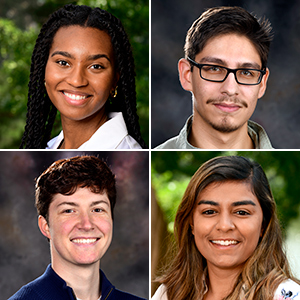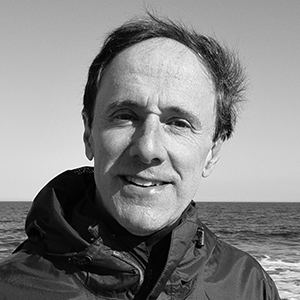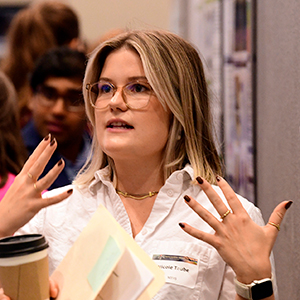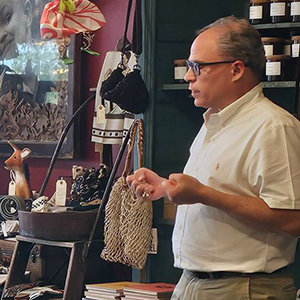 Flowers said that by translating science and raising public awareness, her office connects work in the labs to people who can benefit. (Photo courtesy of Steve McCaw)
Flowers said that by translating science and raising public awareness, her office connects work in the labs to people who can benefit. (Photo courtesy of Steve McCaw)Public affairs as a career for scientists was the latest topic in the Brown Bag Lunch series sponsored by the NIEHS Trainees Assembly. Attendees at the June 20 event heard from NIEHS Communications Director Christine Bruske Flowers and Robin Arnette, Ph.D., science writer and editor in the NIEHS Office of Communications and Public Liaison (OCPL). They shared their own career paths and discussed how they connect the institute’s research with the public.
Translating science
Flowers described the OCPL team and how it shares the latest findings in environmental health research, and the importance of those findings to public health.
- Producing audio and visual presentations of NIEHS research, including podcasts and websites.
- Producing and publishing the monthly Environmental Factor newsletter.
- Promoting research published in the institute’s renowned peer-reviewed, open-access scientific journal Environmental Health Perspectives.
- Writing press releases and arranging media interviews.
- Staffing exhibits at scientific conferences to share research activities and grant opportunities.
- Supporting community outreach through webinars and community forums.
- Answering questions from the public and distributing the institute’s public health information.
- Planning and overseeing institute-wide events and international visitors.
Paths to science communication
Both Flowers and Arnette said their training in science helps them understand and write clearly about research. Flowers received her bachelor’s degree in biology and served in the U.S. Army Medical Corps as an occupational therapist. She earned a master’s degree in journalism.
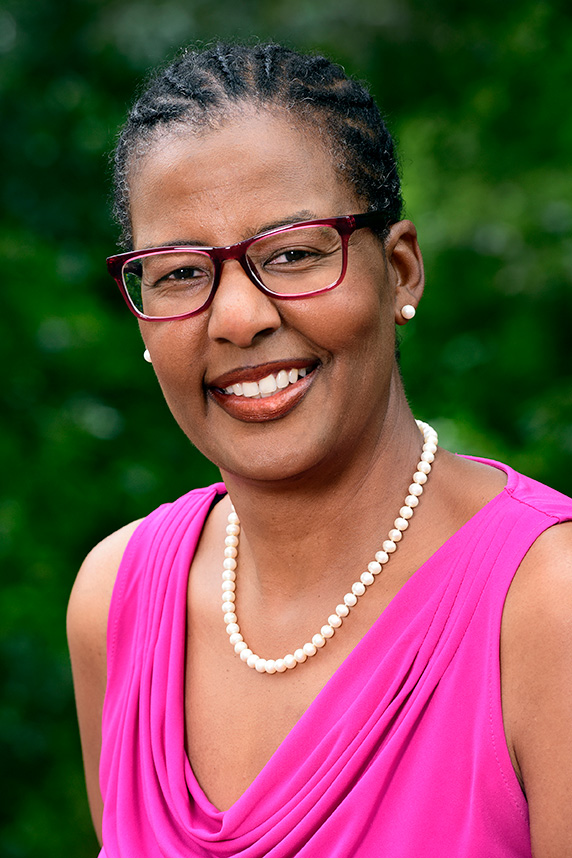 Arnette got her first public writing experience through Endeavors Magazine, a UNC digital magazine that features the university’s research. (Photo courtesy of Steve McCaw)
Arnette got her first public writing experience through Endeavors Magazine, a UNC digital magazine that features the university’s research. (Photo courtesy of Steve McCaw)Arnette received her Ph.D. in biology from the University of Toledo and completed postdoctoral training at University of North Carolina at Chapel Hill (UNC).
During graduate training, both women realized that their passion for science was not in the lab, but in communicating.
“Science communications is a skillset of its own,” said Flowers. To efficiently deliver scientific information to the public, science communicators must be able to translate complex or technical information into plain language. “How would you explain this concept to your grandmother?” Arnette asked.
Opportunities abound
The NIEHS Office of Fellow’s Career Development offers a variety of opportunities for trainees to practice communication skills. For example, the three-minute talk competition challenges fellows to tell brief stories about their research to a nonscientific audience. Arnette pointed out that writing for the Environmental Factor is another good way for NIEHS trainees to gain experience.
Flowers strongly encouraged the brown-baggers to take full advantage of these opportunities because continuous practice is important to developing the ability to write well about science. For example, her experience reporting news to a general audience helps her to know what questions will interest the public and how to tell stories they can relate to.
Moving beyond print
According to the speakers, science communication is changing rapidly, as multimedia and social media are needed to capture the attention of a 21st century audience with busy lives. Print materials are also adopting a new style, with shorter words, more graphics, and visual aids.
Arnette pointed out that some journals incorporate videos, which can be more effective than print in presenting certain concepts. OCPL science videos (see sidebar) inform the public about its work and serve as motivational resources to inspire young scientists.
Trainees interested in the field should prepare for this multimedia future of science communication by becoming familiar with trending methods and tools of presentation. Arnette said that staying abreast of cutting-edge scientific concepts and being able to communicate those concepts to the community get her going every morning.
Flowers added that it is her team’s goal to raise public interest in environmental and health science so that everybody recognizes the connection between their health and the environment.
(Dahea You, Pharm.D., Ph.D. is an Intramural Research Training Award postdoctoral fellow in the Biomolecular Screening Branch of the National Toxicology Program.)





